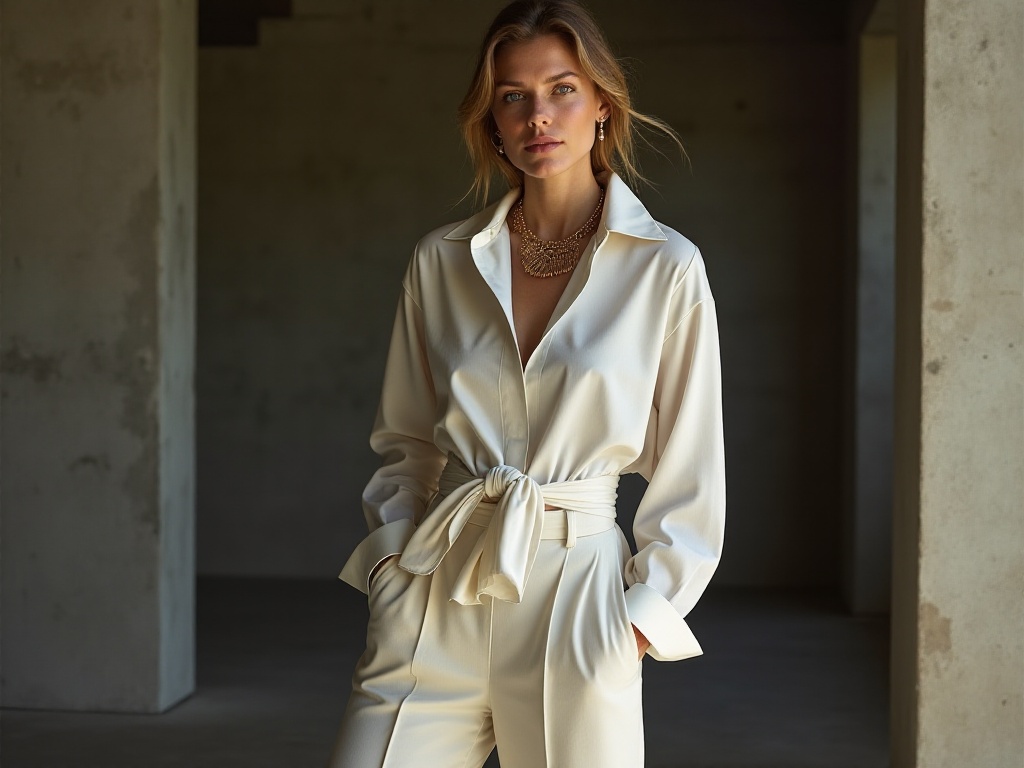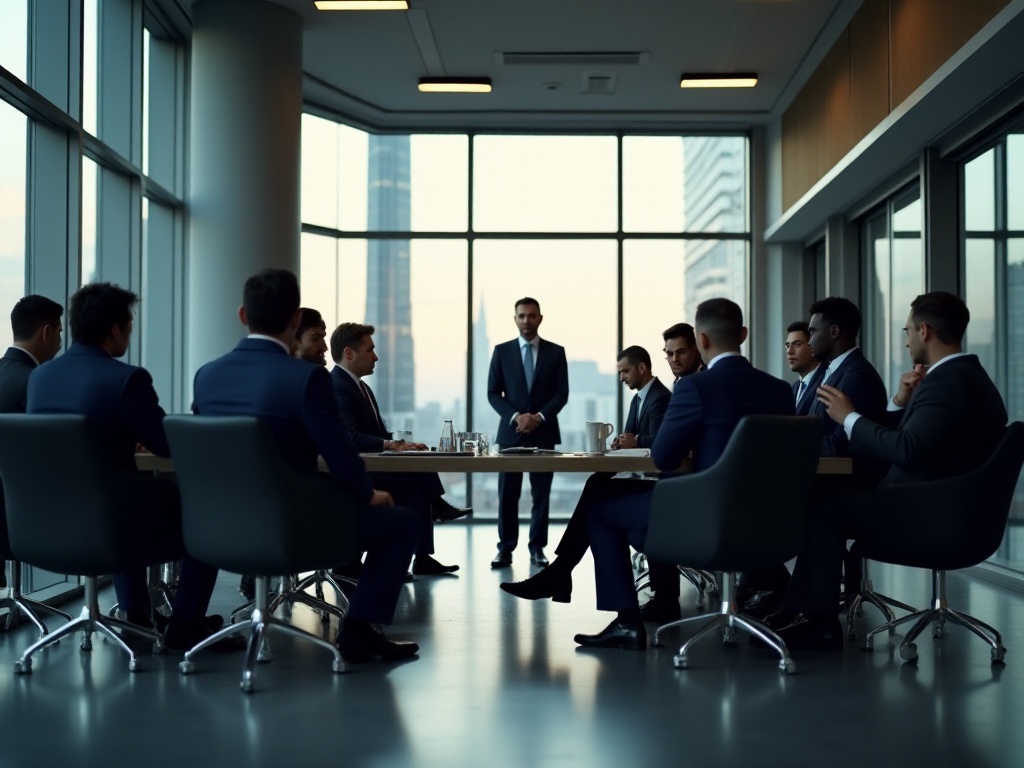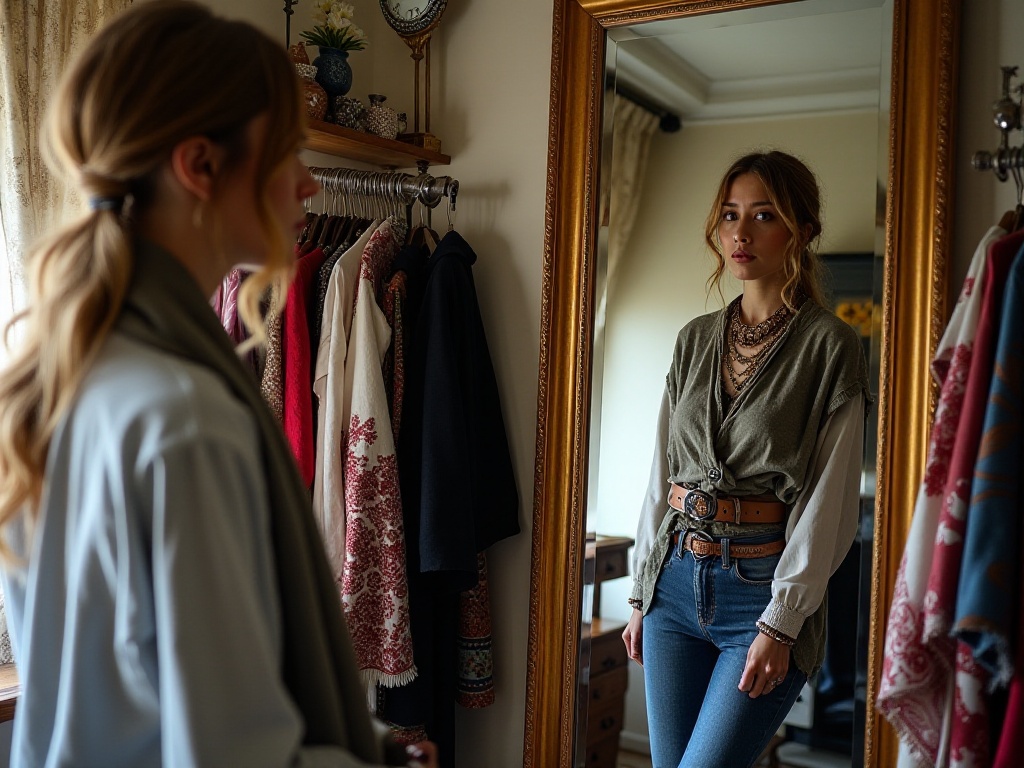Opening Words
As a blogger who started as a fashion novice, I deeply understand the struggles many people face when coordinating outfits. I remember when I first started exploring fashion, looking at my packed closet yet feeling like I had "nothing to wear," spending ages in front of it every morning. Like you might be now, I was overwhelmed by my clothes, not knowing where to start, and often letting poor outfit choices affect my mood.
I still remember my first awkward attempt at coordinating an outfit: for an important class reunion, I spent two whole hours contemplating in front of my closet. I ended up choosing what I thought was a cool fluorescent green T-shirt paired with yellow plaid pants - just thinking about it now makes me cringe. That day, I successfully turned myself into a "walking traffic light," making me realize it was time to seriously learn about fashion.
After years of exploration and practice, from initially wearing whatever to now confidently preparing outfits for various occasions, I've finally developed a set of fashion principles suitable for everyone. This experience wasn't learned from books, but earned through countless failures and trials, paid for with my own money and social dignity. Today, I'll share these hard-earned lessons with everyone.
The Art of Color Coordination
When it comes to fashion, many people's first headache is color coordination. Actually, it's not difficult - the key is finding the right method. I've always believed that mastering color coordination is like learning to paint; you need to start with the basics. My biggest lesson from years in the fashion industry is: start with basic neutral colors like black, white, gray, and beige. These colors are like a safety net - they work with anything.
I remember when I first started coordinating outfits, my closet was full of bright colors - red, yellow, purple, everything. I thought I was being fashionable every time I went out, until one day, I saw my reflection in a mall fitting room mirror and realized I looked like a colorful paint palette. After that, I began to reassess my wardrobe, gradually adding more basic colored pieces.
Black is a timeless classic that highlights your character and looks professional and sharp. White represents purity and elegance, especially suitable for summer wear. Gray is an excellent transition color that can balance strong color contrasts. Beige gives off a warm, comfortable feeling, particularly suitable for spring and fall. These colors together are like playing a beautiful symphony, with every note in perfect harmony.
Once you've mastered these basic colors, you can slowly try adding some bright colors. But remember, bright colors are accents, not the main focus. For example, I particularly like using scarves or bags to add bright color accents. Once I wore all gray clothes with a bright yellow silk scarf, and my whole look instantly brightened up. Many colleagues at the office complimented that outfit's taste.
One important suggestion is: when trying new color combinations, try them on at home first and take photos to record them. This helps develop your aesthetic eye and accumulate experience. I often do this, and now have hundreds of photos of different combinations in my phone gallery that I reference when trying new combinations.
Color coordination has another important principle: consider your skin tone. Different skin tones suit different color systems. For example, yellowish skin tones suit warm colors better, while fair skin can try more cool tones. I have a yellowish skin tone, so I particularly like warm colors like camel and beige.
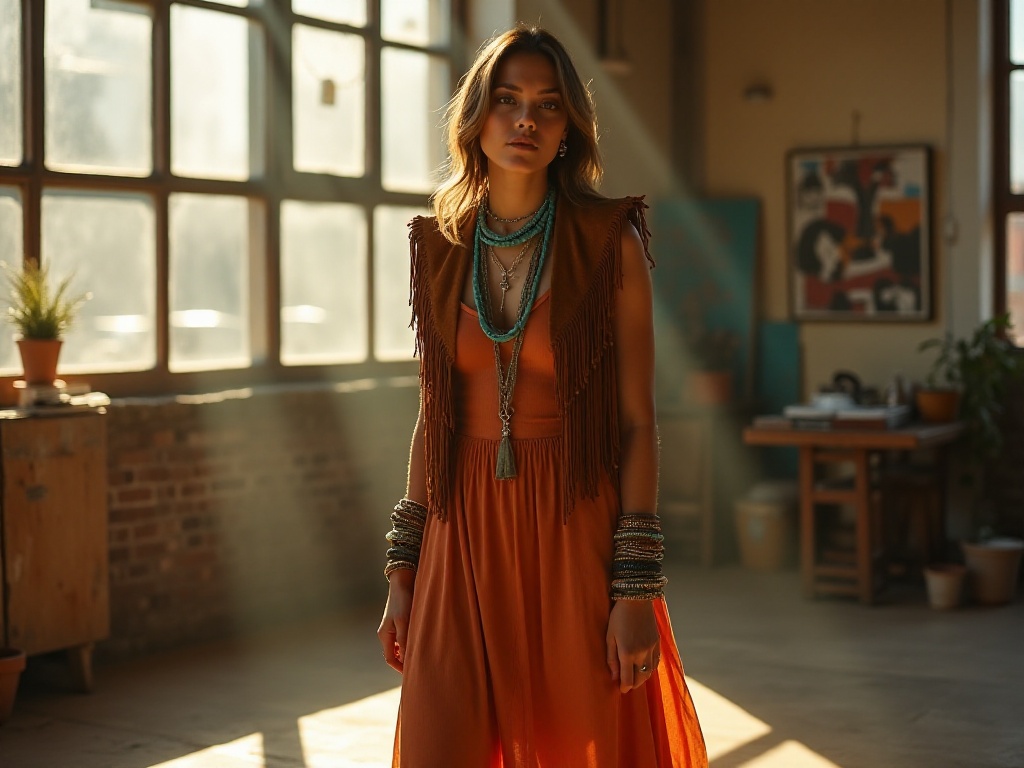
Layering
To achieve an elevated look, layering is key. But layering here doesn't mean simply piling on clothes - it's about the art of coordination. Like painting a picture, you need clear primary and secondary layers to make the overall effect more striking.
My most common coordination method is: base layer for foundation, outer layer for accent, accessories for finishing touches. For example, a basic white shirt paired with a knit cardigan and topped with a trench coat is excellent layering. Each piece has its purpose: the white shirt as the base layer gives a clean, crisp feel; the knit cardigan adds warmth and texture; the trench coat is the finishing touch of the overall look.
Pay attention to layering when choosing fabrics too. Different fabric textures create different visual effects. For example, silk fabrics appear soft and flowing, while wool fabrics give a warm, substantial feel. I often mix different materials when coordinating, like a silk shirt with a wool coat - warm yet elegant.
Using accessories is also a good way to create layers. I often use a necklace or brooch to add highlights to an overall look. Last week at a friend's gathering, I accented a simple black dress with a pearl necklace, and many friends said it looked great. This shows how sometimes a small accessory can perfect an entire outfit.
Speaking of layering, we must mention long and short combinations. Short tops with long pants, or long tops with short skirts, can create great proportions. I have a pair of high-waisted wide-leg pants that look good with tops of various lengths. Once I paired them with a short knit sweater and added a thin belt, and my proportions looked especially good.
Another small trick for creating layers is using color differences. Variations in the same color can also create layers. For example, I often coordinate different shades of gray with surprisingly good results. A dark gray coat with a light gray sweater and white scarf creates distinct layers without looking messy.

Occasion Transitions
Modern life moves fast, often requiring transitions between different occasions. This demands that our outfits be both appropriate and versatile. For instance, I often need to go from work during the day to events in the evening. This requires pieces that can quickly transform styles.
As a workplace expert, I know how important a good basic piece is. A little black dress is a great choice. During the day, you can pair it with flats and a cardigan for a professional yet comfortable look; in the evening, change to heels and add some sparkly jewelry to transform into a party-ready look. One piece of clothing solves multiple occasion needs, saving both effort and money.
When choosing workplace attire, I especially recommend preparing several "versatile outfits." For example, a well-fitted blazer can look formal with a pencil skirt or casual with jeans. My closet always has blazers in black, gray, and navy - each can easily handle different occasions.
Accessory choices are also important. An elegant silk scarf can be worn around the neck for a professional look during the day, then tied to a bag as decoration in the evening. I have a champagne-colored silk scarf that has accompanied me through countless occasion transitions.
Shoe choice is also key. I suggest having a pair of versatile nude heels that can both elongate leg lines and easily match various colored clothes. Of course, for easy transitions between occasions, a comfortable pair of flats is also essential. I usually keep a pair of spare shoes at the office to handle unexpected occasion changes.
Bag selection also requires strategy. I suggest choosing a bag that can hold work items without looking too bulky. My favorite is a medium-sized commuter bag that can hold a laptop and cosmetics - remove the laptop for evening dates, and it instantly becomes an elegant handbag.

Investing in Classics
Speaking of saving money, I want to share a truth I've concluded: buying clothes isn't about quantity but quality. Those seemingly cheap clothes that lose shape and color after a few wears actually end up being more expensive. I've made this mistake before, being tempted by fast fashion's low prices, resulting in a closet full of clothes that needed to be discarded after just a few wears.
Now I particularly focus on investing in classic styles. For example, a well-cut blazer in good fabric can last several years without going out of style. My camel trench coat bought five years ago is still a closet favorite - people still ask if it's new when I wear it. This is the benefit of choosing classic styles.
I also pay special attention when choosing fabrics. Natural materials like cotton, wool, and silk, though more expensive, offer excellent comfort and durability. For example, I have a silk shirt that, despite its high price, has maintained its good condition after three years. Plus, these fabrics have great texture that instantly elevates the overall look.
Another advantage of investing in classic styles is not being swept up by trends. I've seen too many people buy loads of "trending items" only to be too embarrassed to wear them after a short time. In comparison, classic styles retain their value long-term and are versatile and easy to coordinate.
My suggestion is to be planned when buying clothes. Make a list and prioritize some essential basics. For example: a well-fitted white shirt, slim black pants, a simple knit sweater, etc. These pieces can be freely combined to create different coordination effects.

Personal Style
Finally, there are no absolute rights or wrongs in fashion - the key is finding your suitable style. I've seen many people blindly following trends, ending up looking uncomfortable. Actually, the most important thing about dressing is feeling comfortable and confident. Finding your own style is much more important than blindly following trends.
In the process of finding your personal style, I suggest observing more and trying more. You can follow some fashion bloggers to see how they coordinate, but don't completely copy them. I often seek inspiration from social media, but always adjust the final coordination according to my own temperament and body characteristics.
I remember when I first started as a fashion blogger, I thought I needed to dress extravagantly to be fashionable. I spent lots of time on coordination daily, but the results weren't satisfactory. Later I gradually discovered that simple and refined style is most enduring. Now my closet contains easily coordinated basics, comfortable and presentable to wear daily.
When choosing clothes, also consider your lifestyle. For example, if you're a business professional who frequently travels, prepare more easy-care, wrinkle-resistant clothes. If you often attend social events, prepare clothes suitable for formal occasions.
Creating personal style also requires attention to overall consistency. From hairstyle to makeup, from clothes to accessories, everything should be coordinated. I have a small habit: whenever buying new clothes, I think about whether they can match existing clothes and fit my overall style.
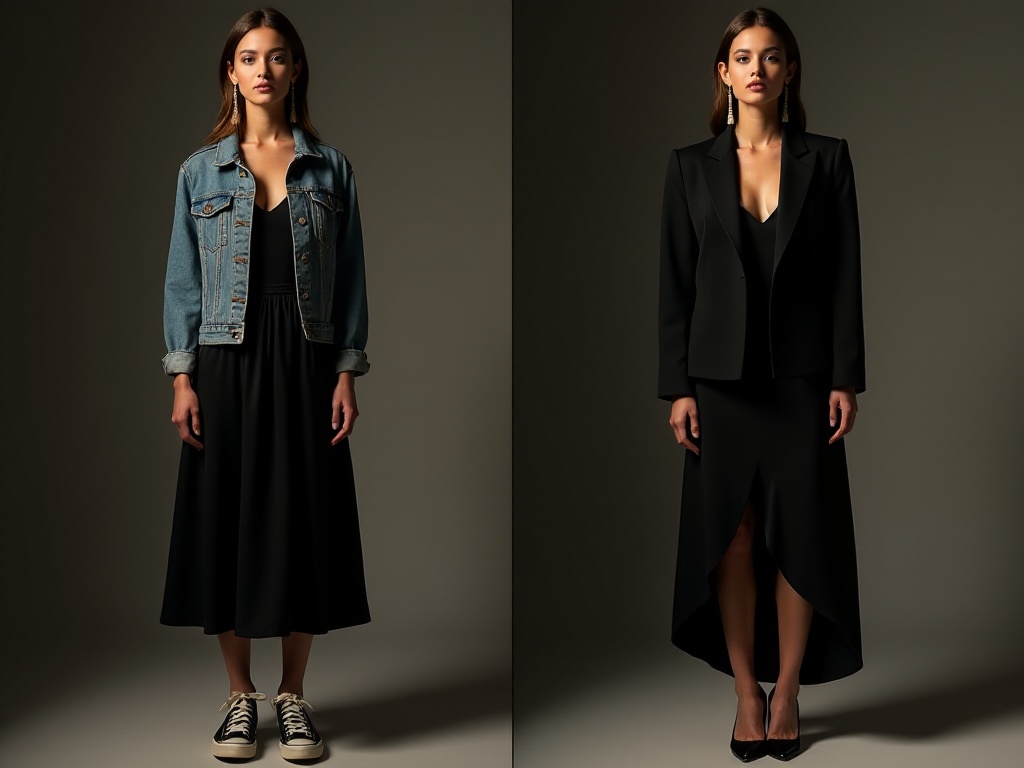
Final Words
Through this article, I've shared my insights about fashion. Have you discovered that fashion isn't actually so unreachable? Anyone can develop their own style by mastering these basic principles. Fashion isn't about pursuing expensive brands or blindly following trends, but finding suitable ways to dress.
On this path of exploring fashion, everyone will experience trial and error and growth. The important thing is to stay patient and gradually accumulate experience. I believe that through continuous learning and trying, you can definitely find
Related articles


